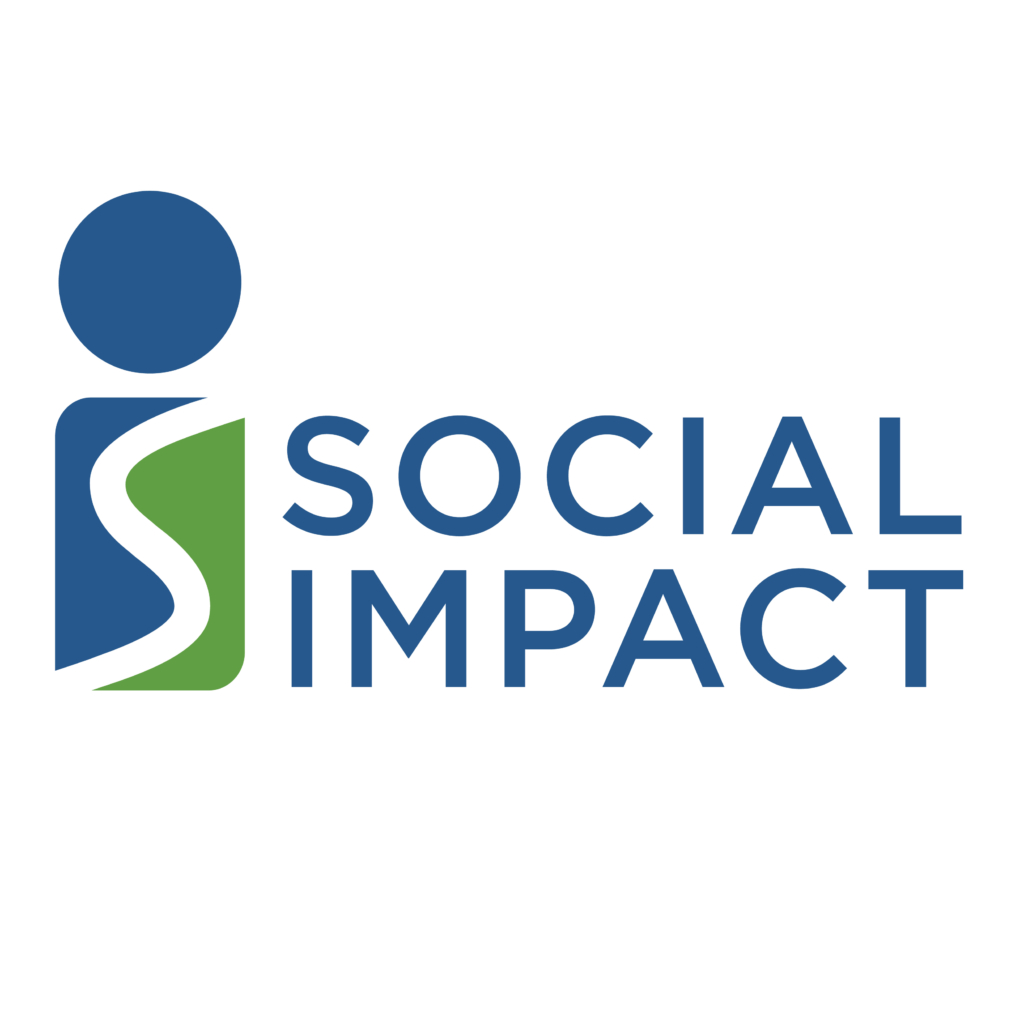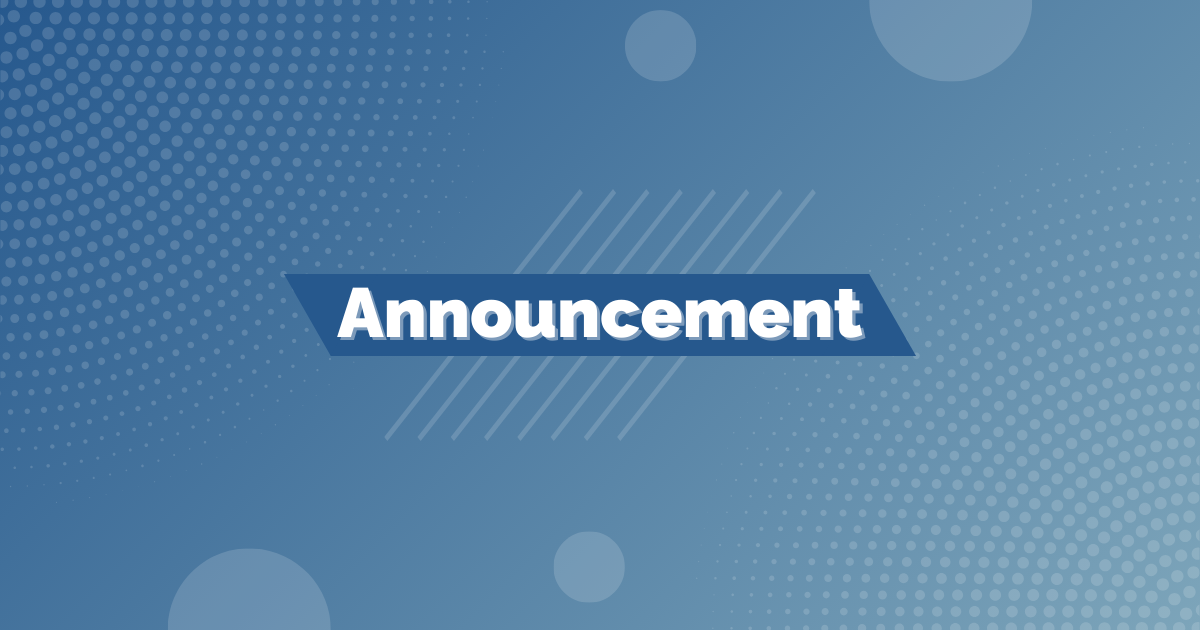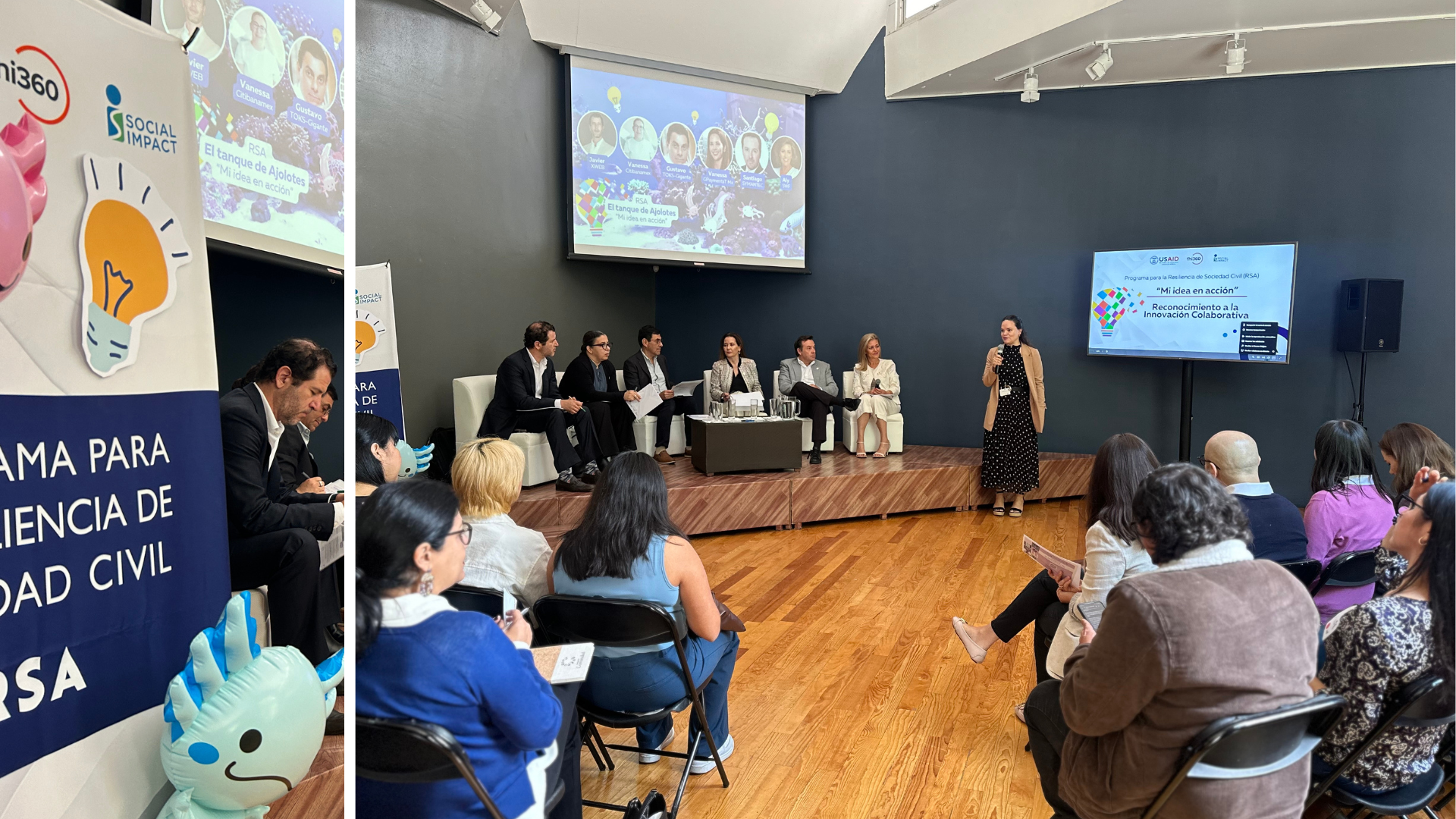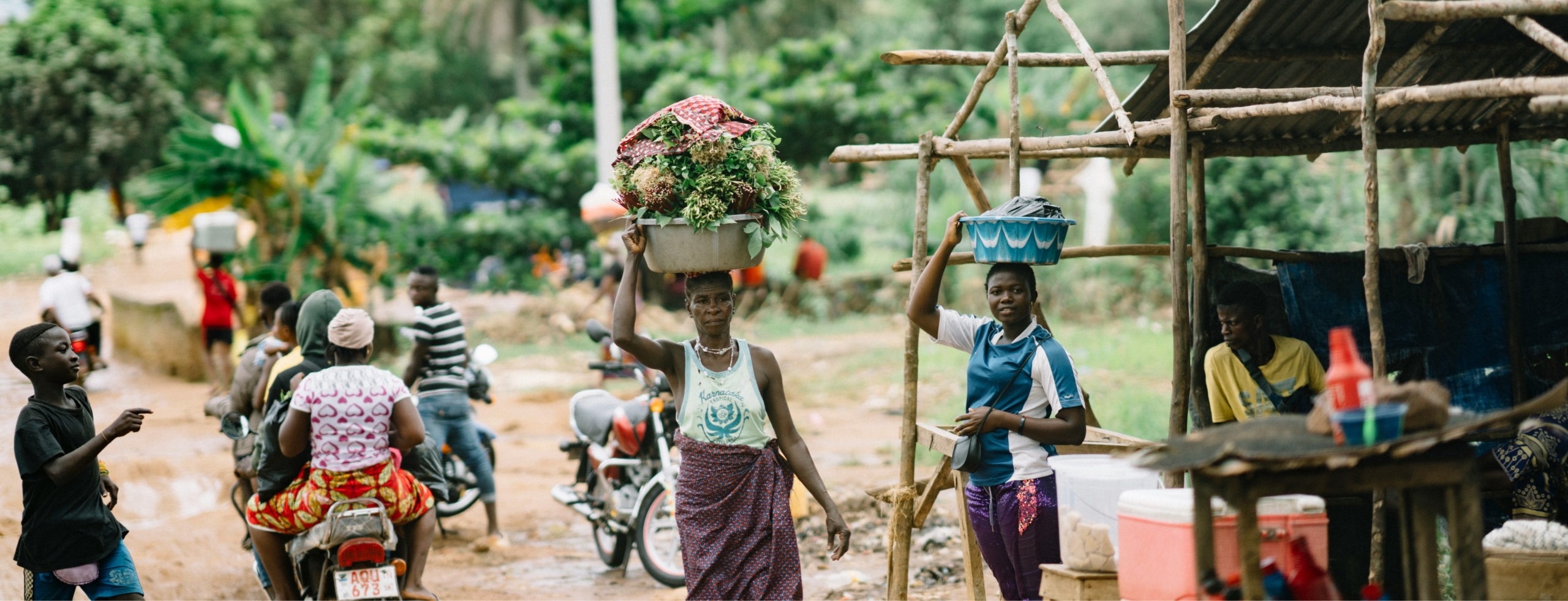By Brooke Hill, Program Manager and Julie Younes, Senior Technical Specialist at Social Impact
In February 2020, our team was preparing to conduct a multi-sectoral assessment of youth development activities in Jordan. Our study incorporated participatory approaches and youth-led data collection, putting youth at the center of collecting, analyzing, and responding to priority issues. Yet, as COVID-19 became a pandemic, the team realized our plan needed to change. We decided to pivot to remote work but kept the same data collection methods and schedule. Essentially, we continued with our original assessment but… made it remote.
The challenges came quickly. The time set aside for enumerator training expanded across multiple weeks to accommodate different time zones. The mental fatigue and exhaustion caused by video conferencing (“Zoom fatigue”) and weight of responsibilities from school closures, family care, and pandemic-related restrictions affected each team member. Furthermore, our respondents faced similar constraints, which complicated scheduling interviews.
We learned to adjust our “pre-pandemic” management assumptions to flexibly meet the needs of clients, partners, and team members, while also accomplishing our assessment objectives. Once we accepted the impossibility of preserving our prior research plan and simply making it remote, we identified and tried the following solutions to manage the assessment:
- Give it time! Contrary to what one might think, remote evaluations benefit from more calendar time to allow for greater scheduling challenges. With multiple time zones and school closures, there are fewer working hours available for the entire team to meet and conduct interviews. Regardless of location, many of us no longer have access to a productive workspace due to bandwidth, family circumstances, or living arrangements. Providing more calendar days for data collection allows for a greater degree of flexibility so that respondents and enumerators find focused time for the evaluation.
- Be predictable yet flexible. Given the new and changing demands on our team’s time, we found that establishing a predictable pattern of communication allowed for stability and kept the work moving. We set up regular meetings with the full team as well as one-on-one check-ins to replace the everyday conversations we would have had during in-person fieldwork. When establishing a communication plan, we considered everyone’s communication preferences (not everything has to be a meeting!). It was also helpful to have multiple communication options for the team (meetings, email, WhatsApp, Teams, Miro), so that if the unexpected arose, team members could still catch up on what they missed, contribute, and stay in touch.
- Make room for reflection and adaptation. We found that creating space during meetings to reflect on internal team dynamics, successes, and challenges allowed us to uncover assumptions and better make use of member’s strengths. As team members raised new issues, we met each other with empathy and trust, coming together to rebalance workloads and support one another. For more ideas about building a strong and adaptive team, listen to USAID Learning Lab’s From the Inside Out podcast here.
Despite bumps in the road, and with some reflection and adjustment, we completed the study with our youth researchers collecting all data for the assessment. The experience encouraged us to innovate and to recognize the role of camaraderie and internal collaboration in overcoming obstacles. We found that, while no straightforward approach exists to make it remote, managing such an evaluation requires a continuous process of finding time and new ways to support one another.
Cover Photo Credit: Fauxels, Pexels








